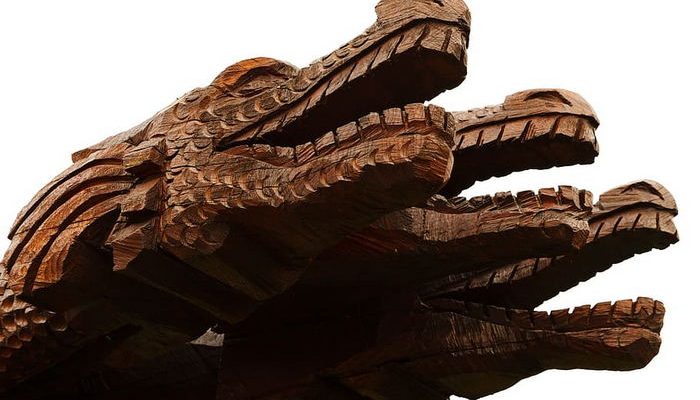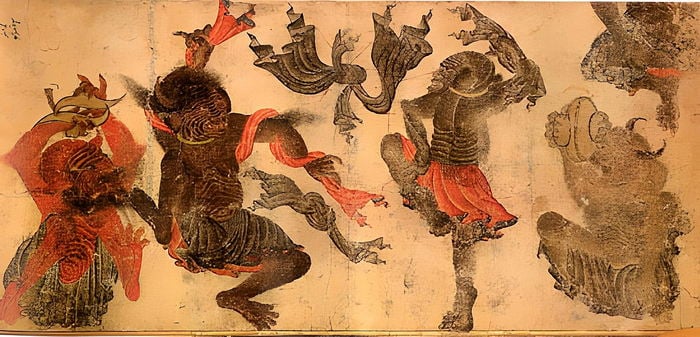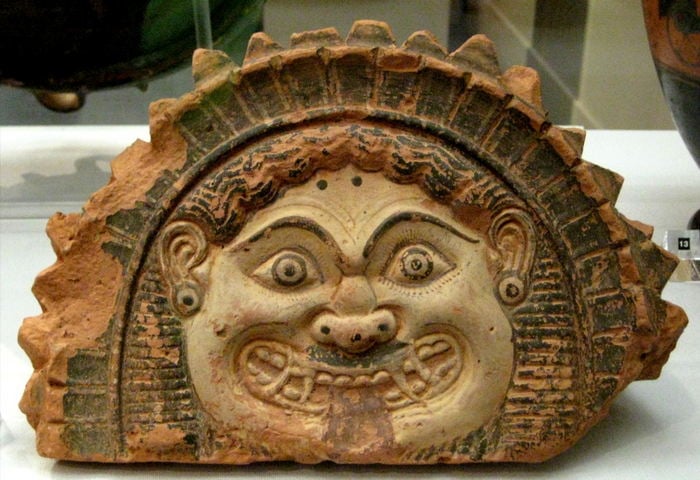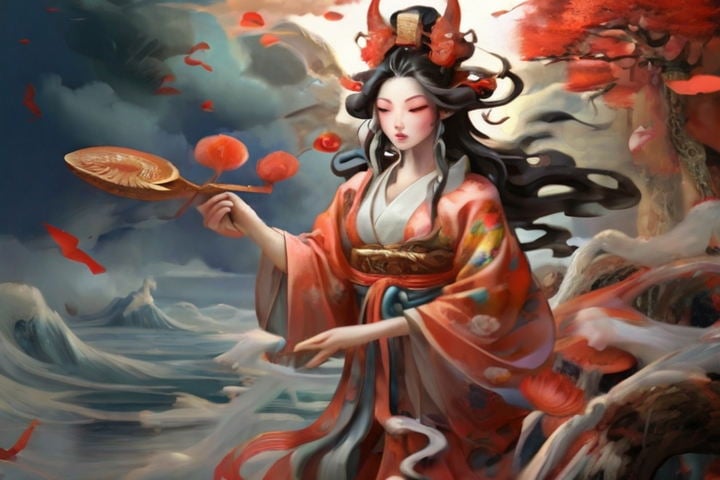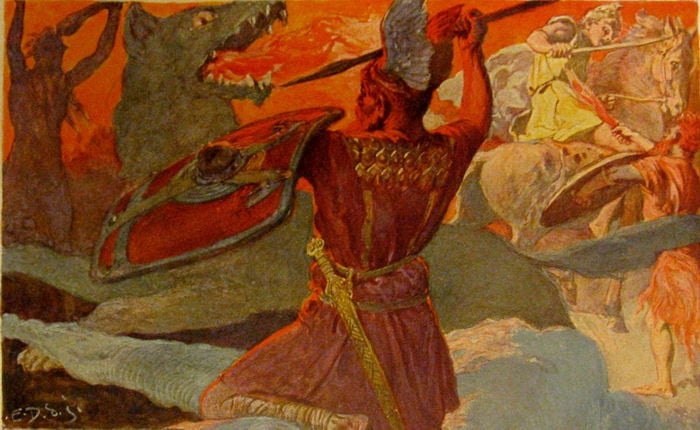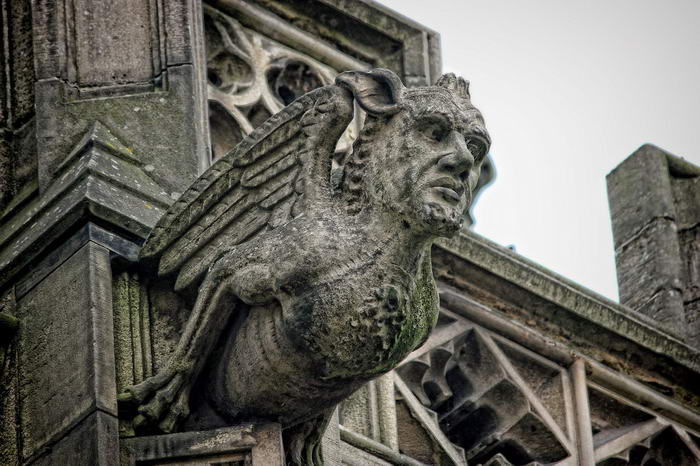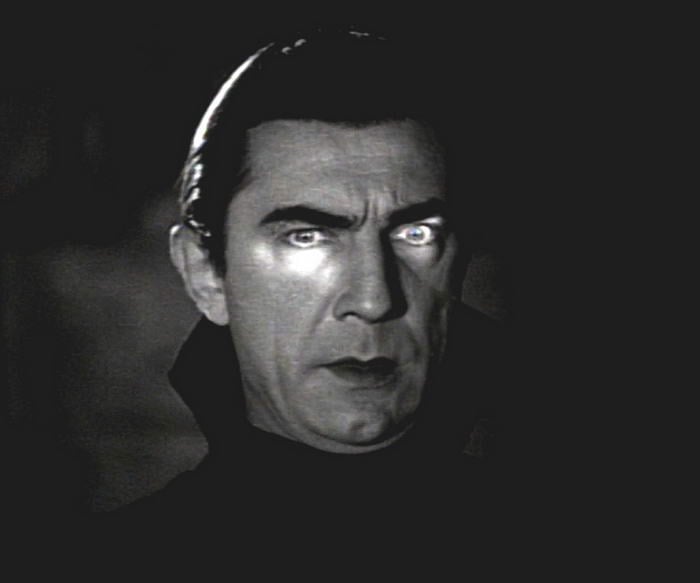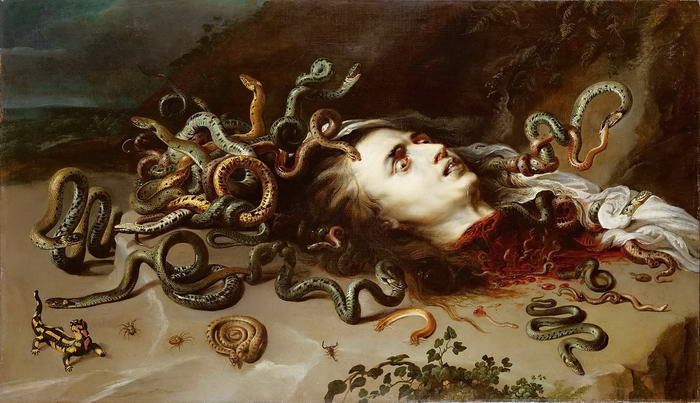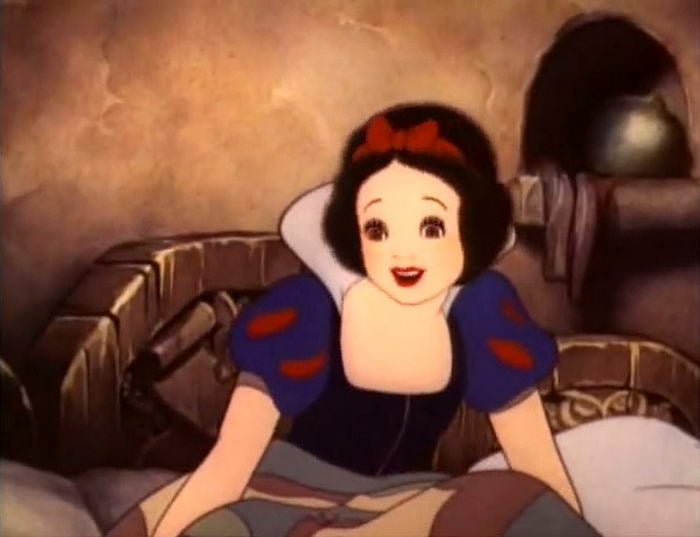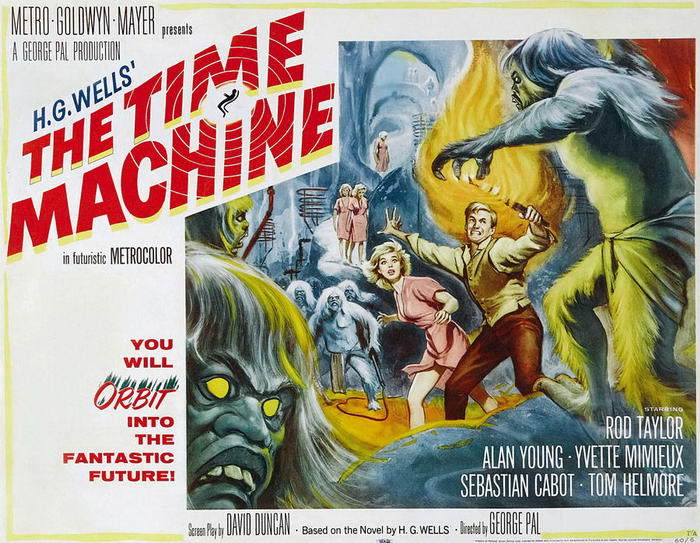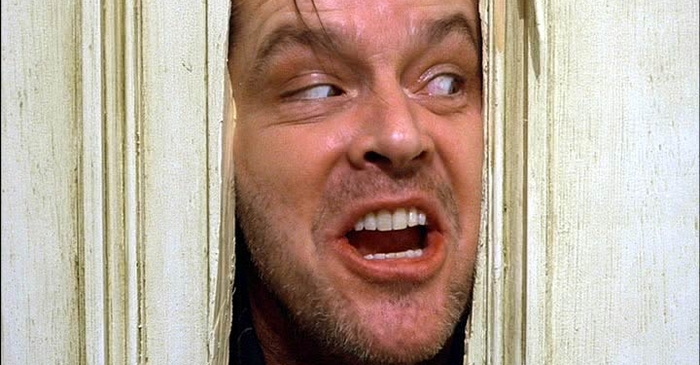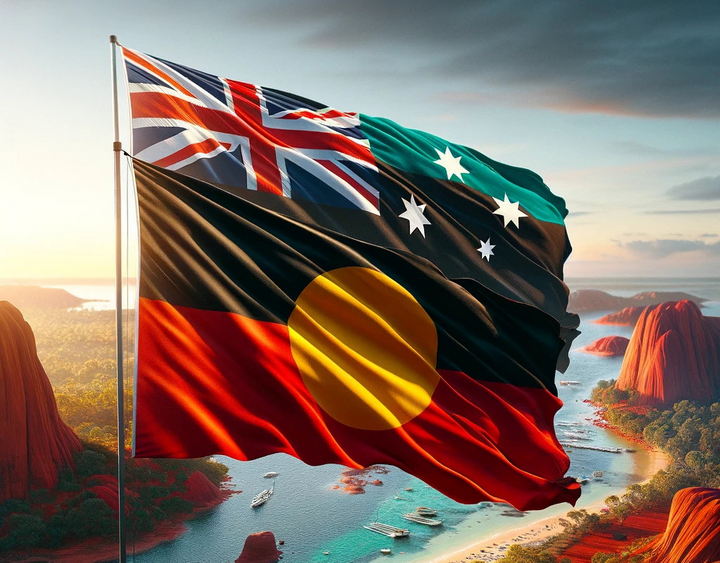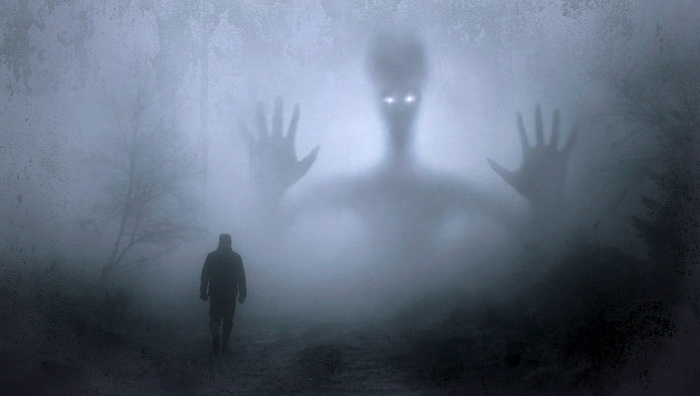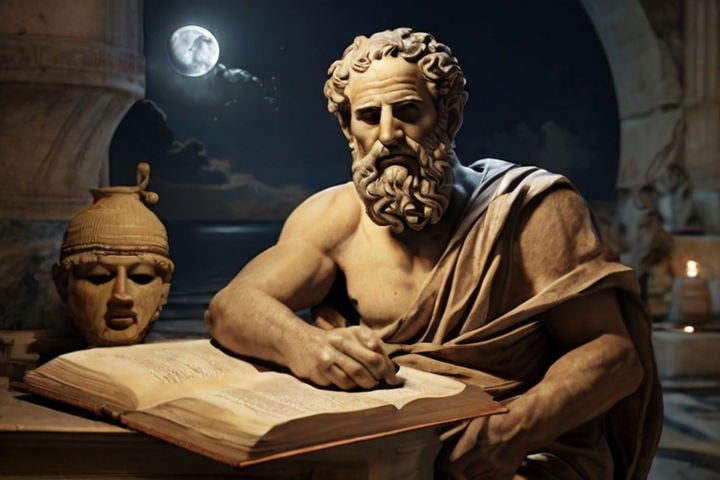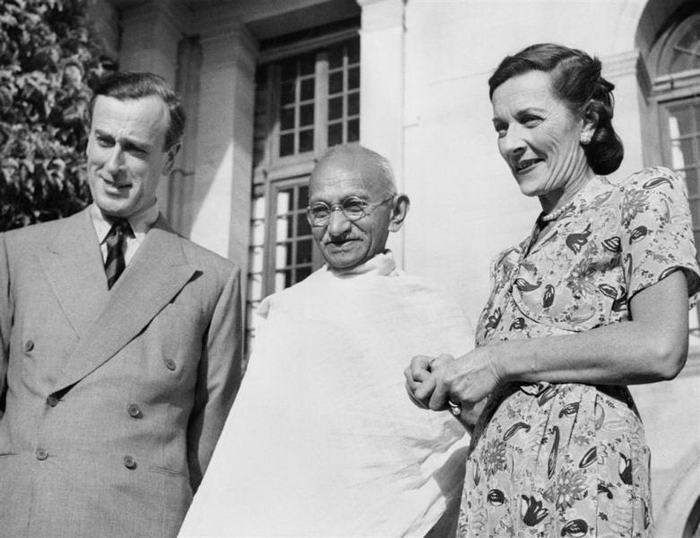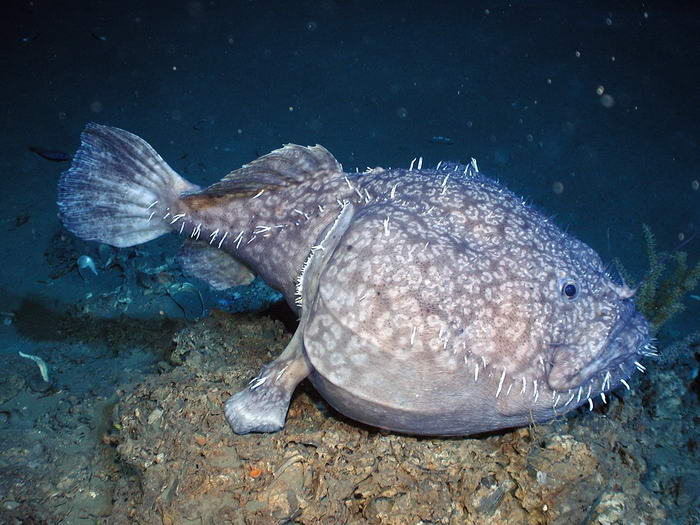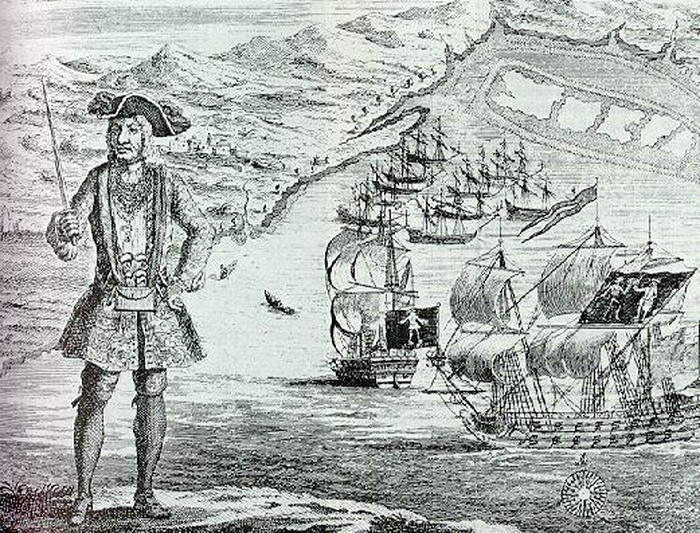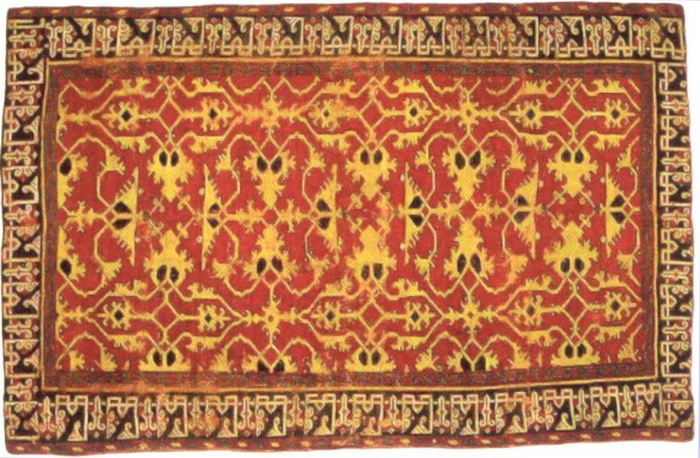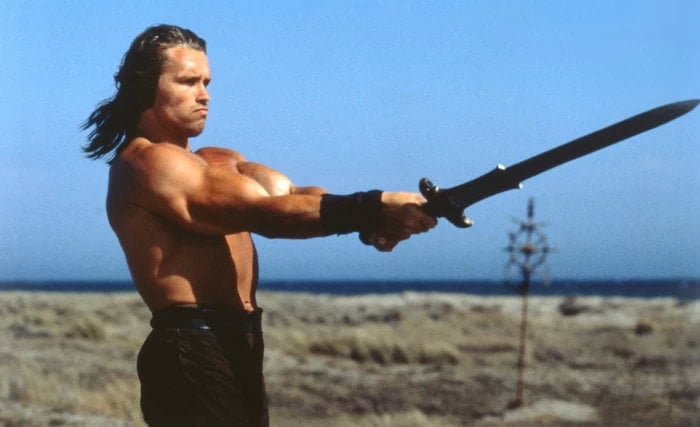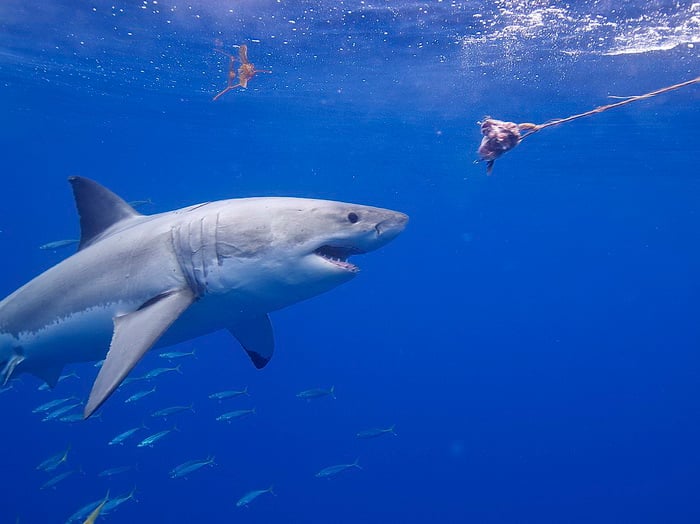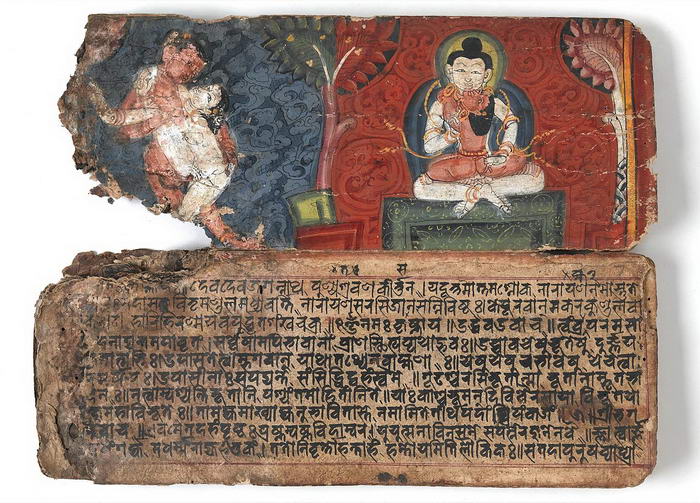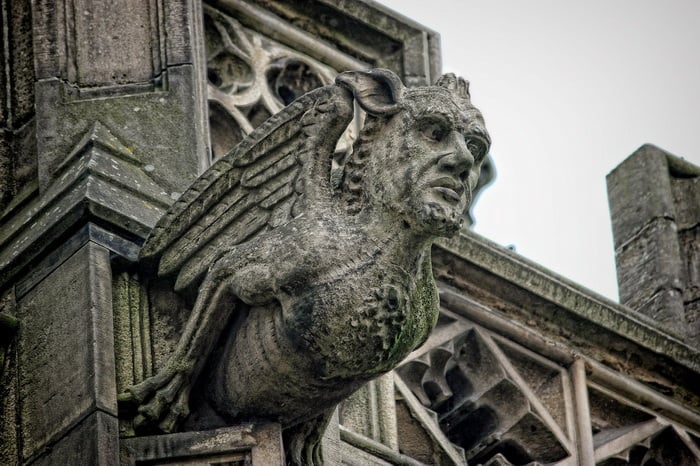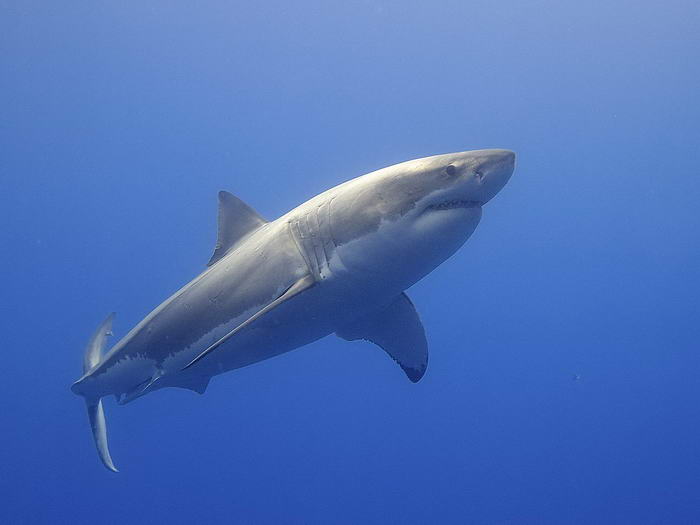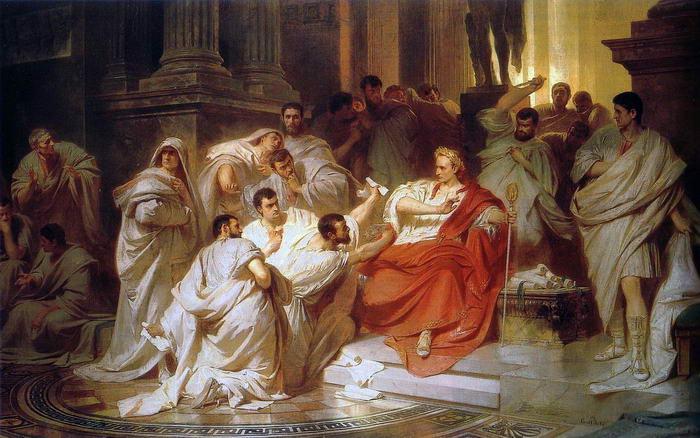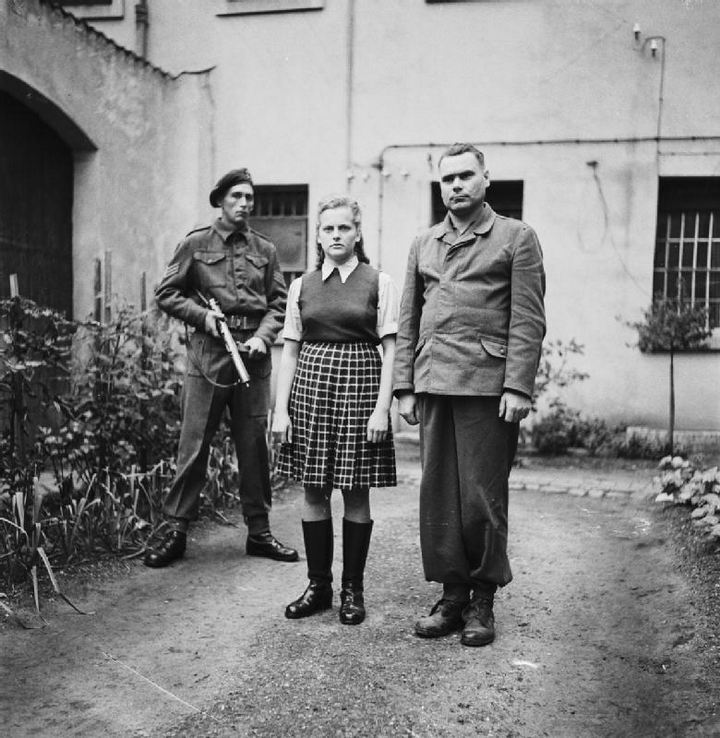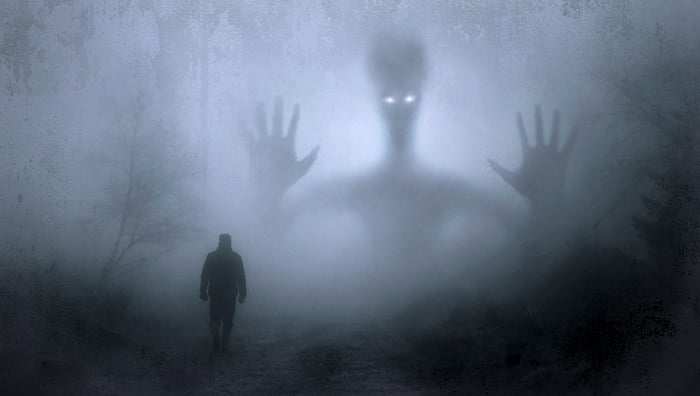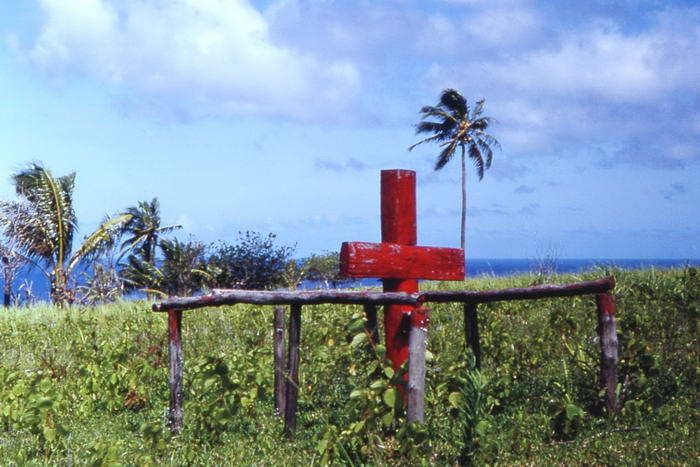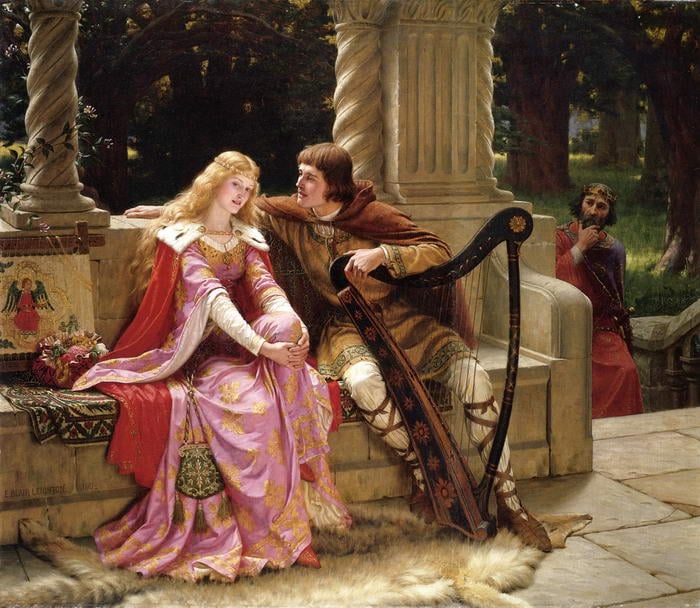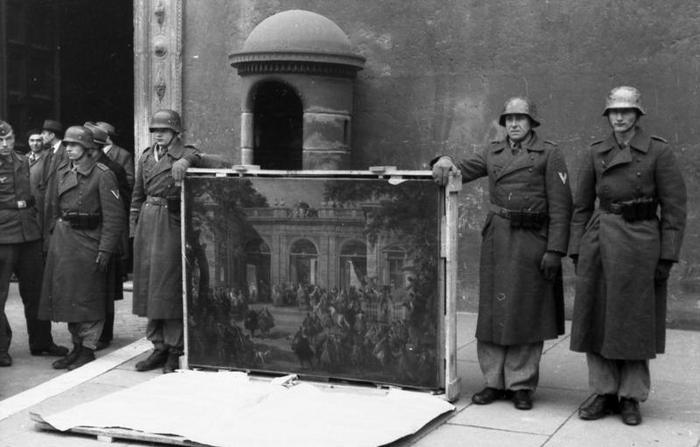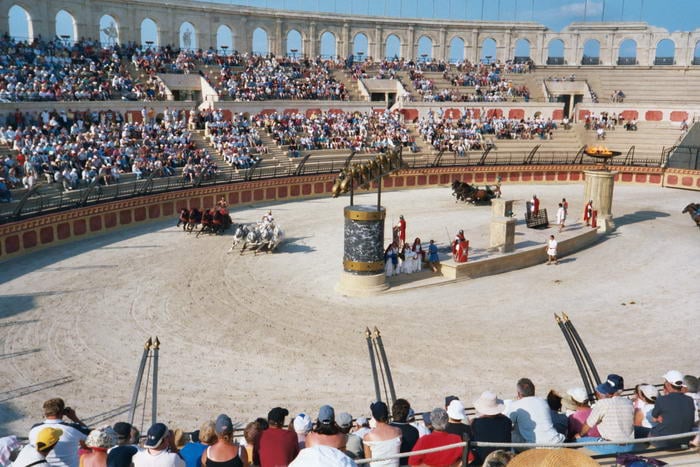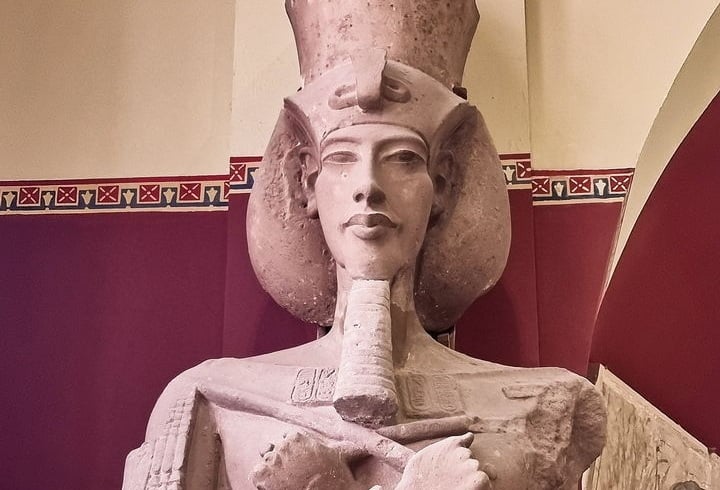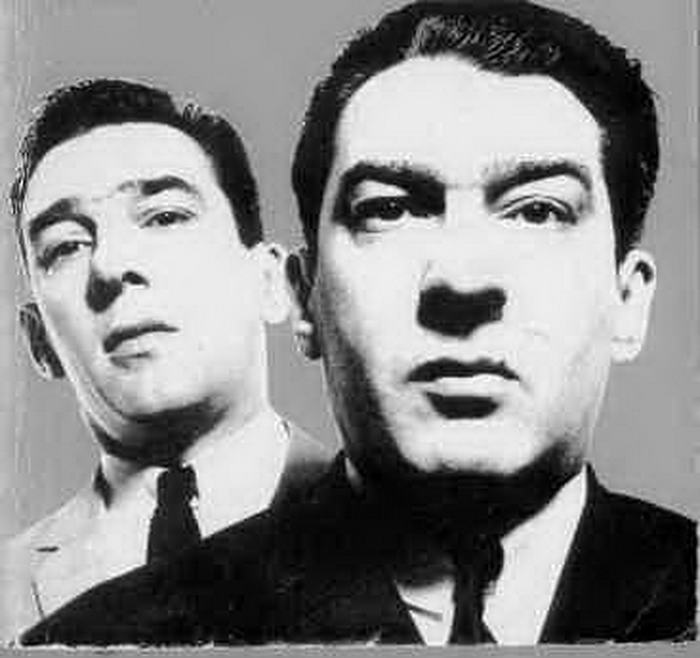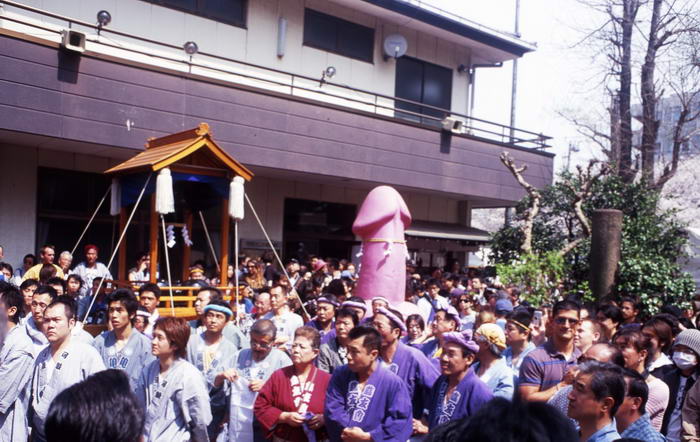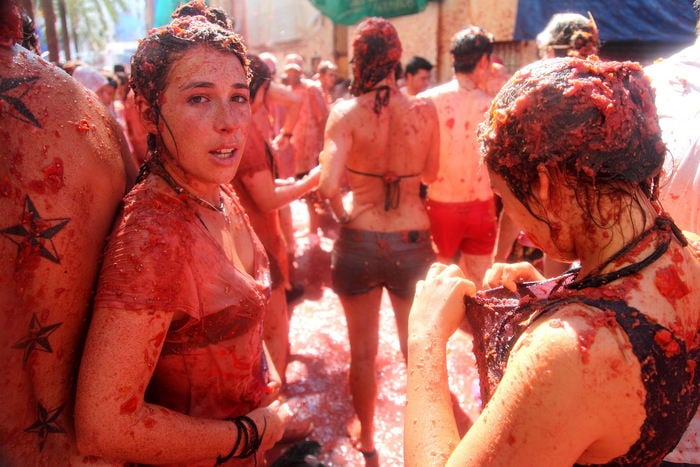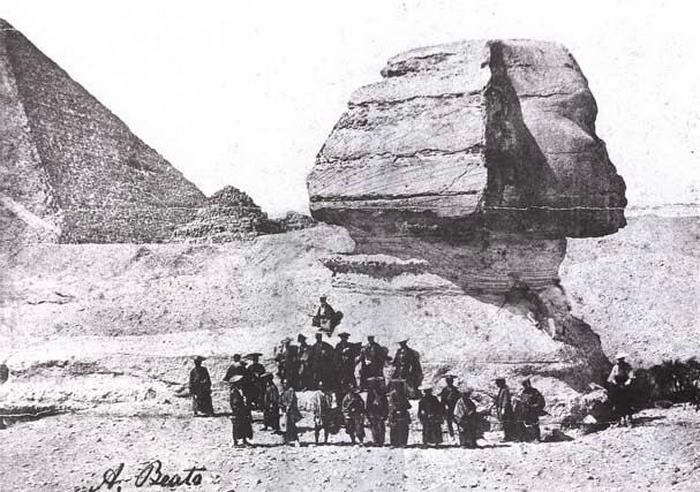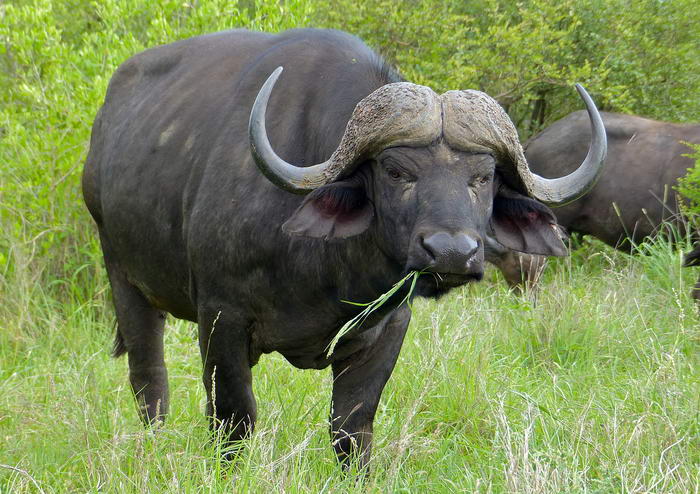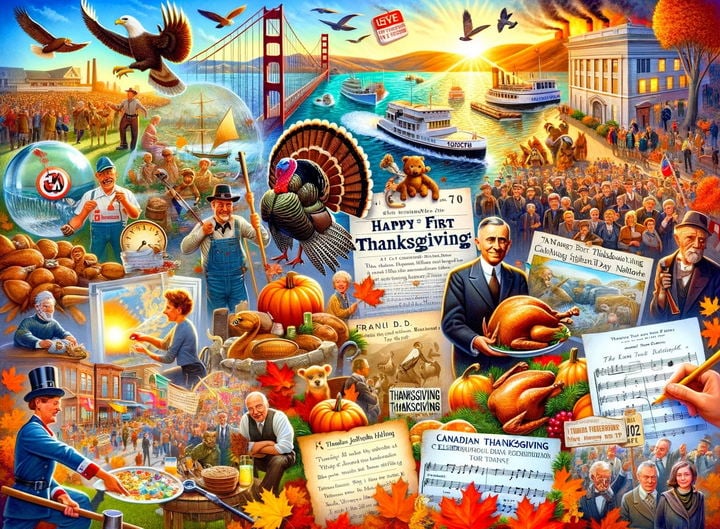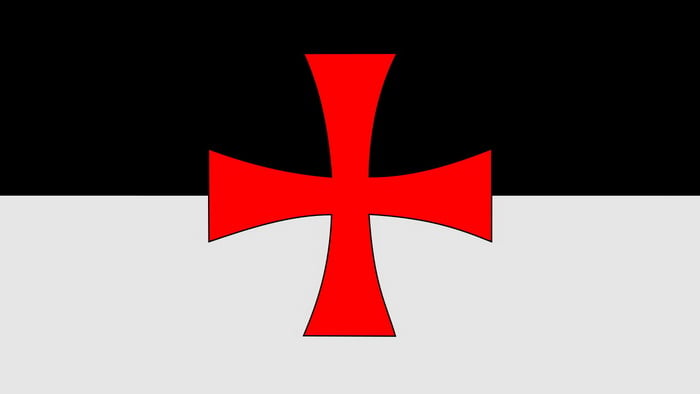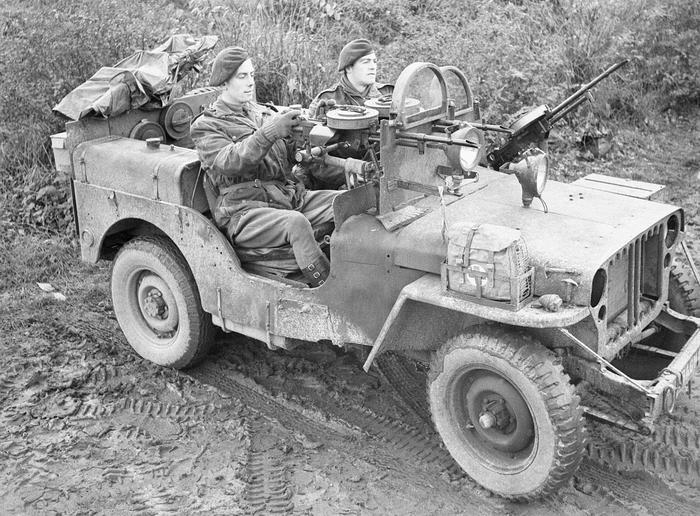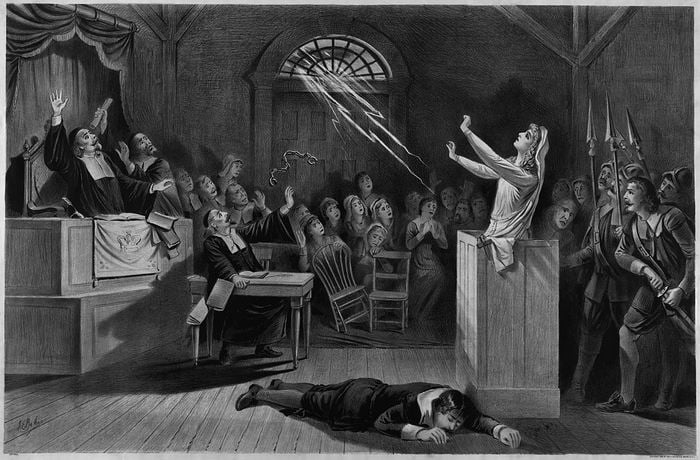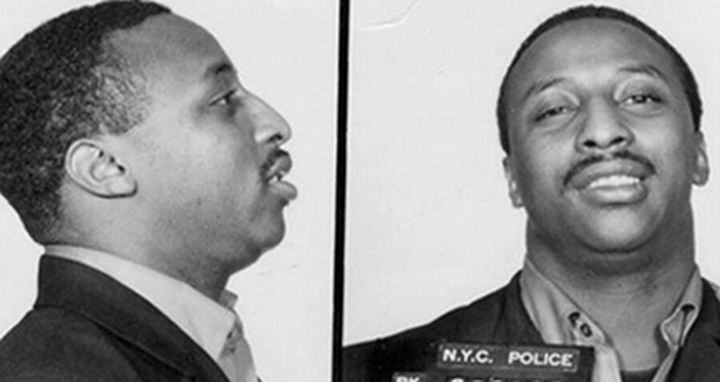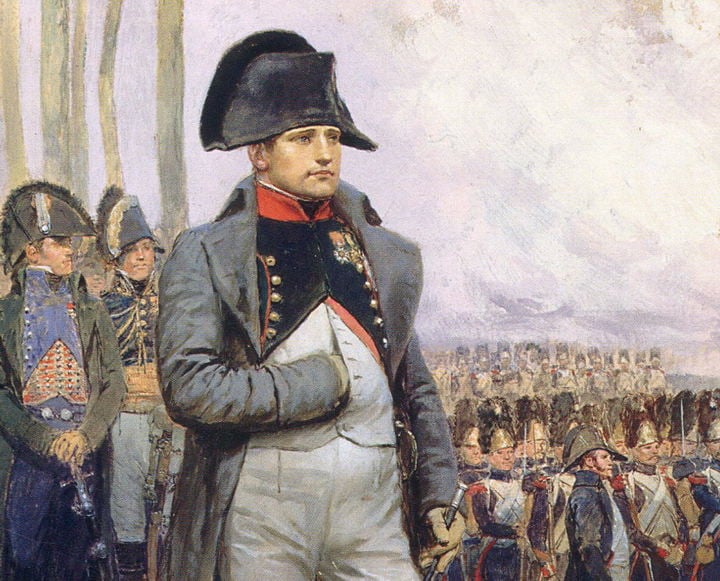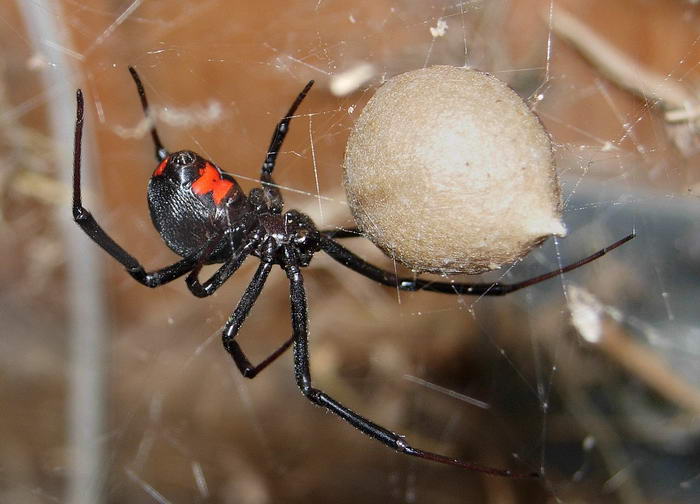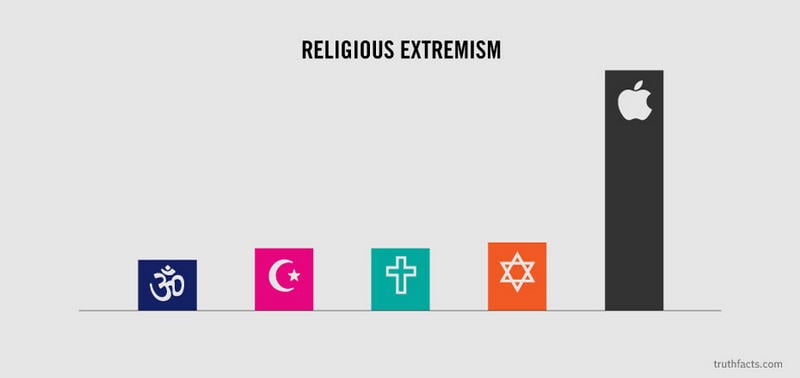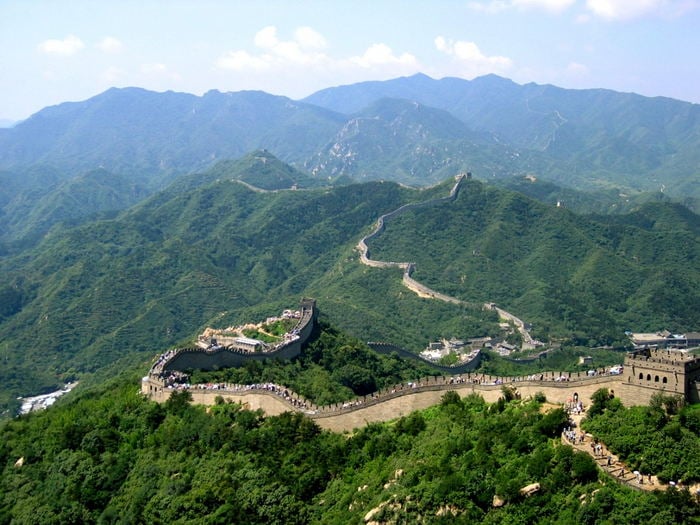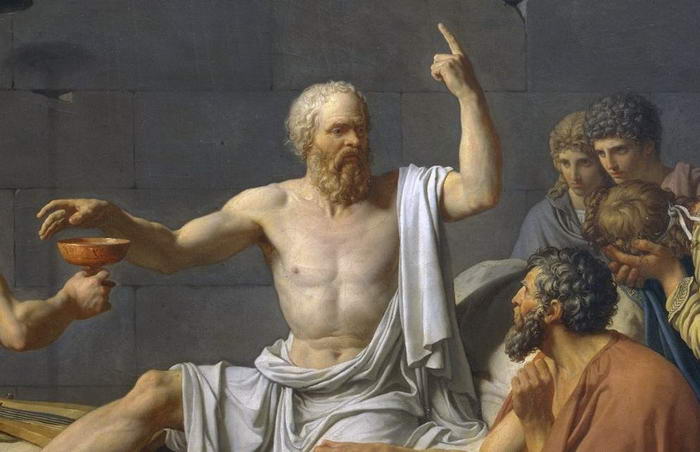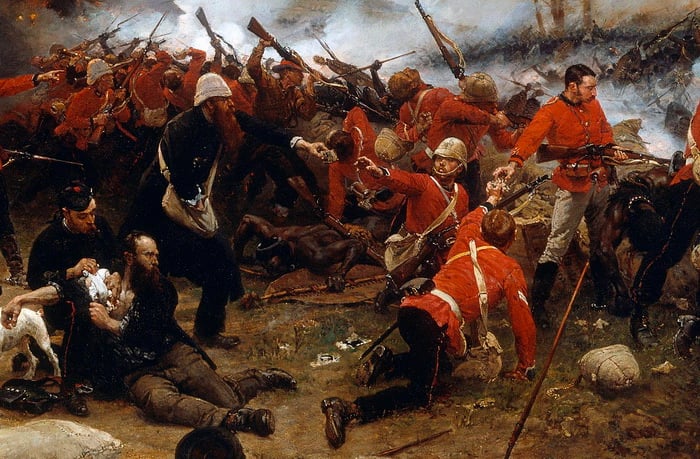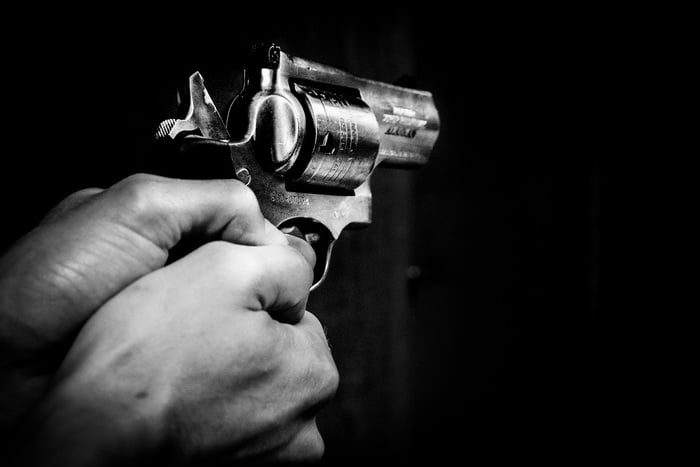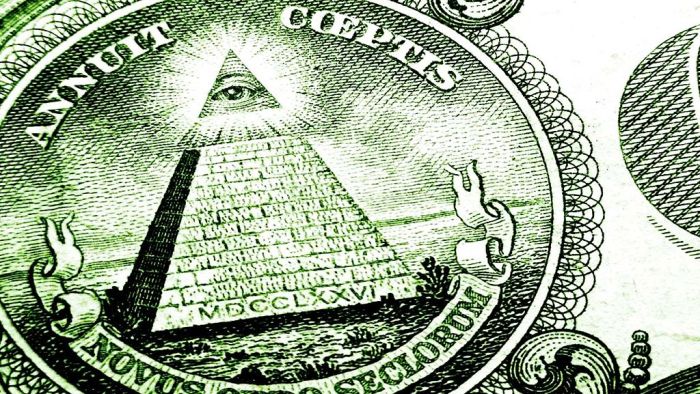Researching Irish folklore is like entering a labyrinth of time. It is rich with mythical monsters and tales of old that come alive with each telling. The Irish have long held a connection with the supernatural world, a fascination mirrored in their lore, which is populated by an array of terrifying creatures and Irish mythological creatures.
From time immemorial, Ireland’s storytelling tradition has been a cornerstone of its cultural heritage. The legendary creatures of these tales are a direct reflection of the Irish psyche, representing societal values, fears, and ideals, spun into intricate narratives.
The core of Irish mythology is divided into four cycles: Mythological, Ulster, Fenian, and Historical. The Mythological Cycle speaks of invasions and divine ancestries. The Ulster Cycle brims with tales of heroes and heroic deeds. The Fenian Cycle brings forth stories of Finn MacCool and his warriors. The Historical Cycle, sometimes called the Kings’ Cycle, chronicles the lives of ancient kings. These cycles together form the backbone of Irish folklore, filled with legendary creatures and enigmatic heroes.
These creatures of Irish folklore have made their presence known in songs, festivals, and landmarks across the country. They are the echoes of Ireland’s past, holding a mirror to its history, morality, and belief systems.
By exploring the realm of Irish mythological creatures, you open the door to understanding the Irish culture and psyche better. So, ready to take a trip through Ireland’s mystical past, filled with scary creatures that will send chills down your spine? Come along as we unveil ten of the most terrifying creatures from the rich tapestry of Irish mythology.
10 – Balor of the Evil Eye
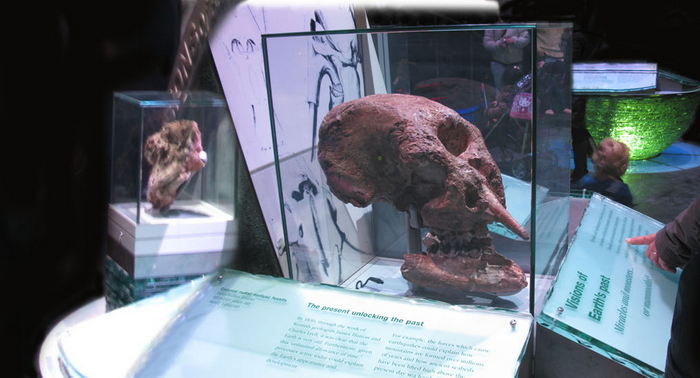
From the tales of the Irish mythological creatures comes Balor of the Evil Eye. Balor was a giant, a king, and a god in Irish mythology, ruling with an iron fist. His most distinctive feature was his massive eye, which had the power to destroy anything it gazed upon.
Balor was a member of the Fomorians, an ancient and powerful group of supernatural beings who were often at odds with the gods of Ireland. The tales tell of Balor’s fearsome power being the doom of many foes, but ultimately leading to his own downfall as well.
Yet, it’s not just his power that makes him fascinating. Balor’s story tells of the classic struggle between good and evil, the cycle of revenge, and the inevitable fall of those who succumb to their darkest impulses. It’s a reminder of the age-old belief that too much power can often lead to one’s downfall.
09 – Cat-sìth
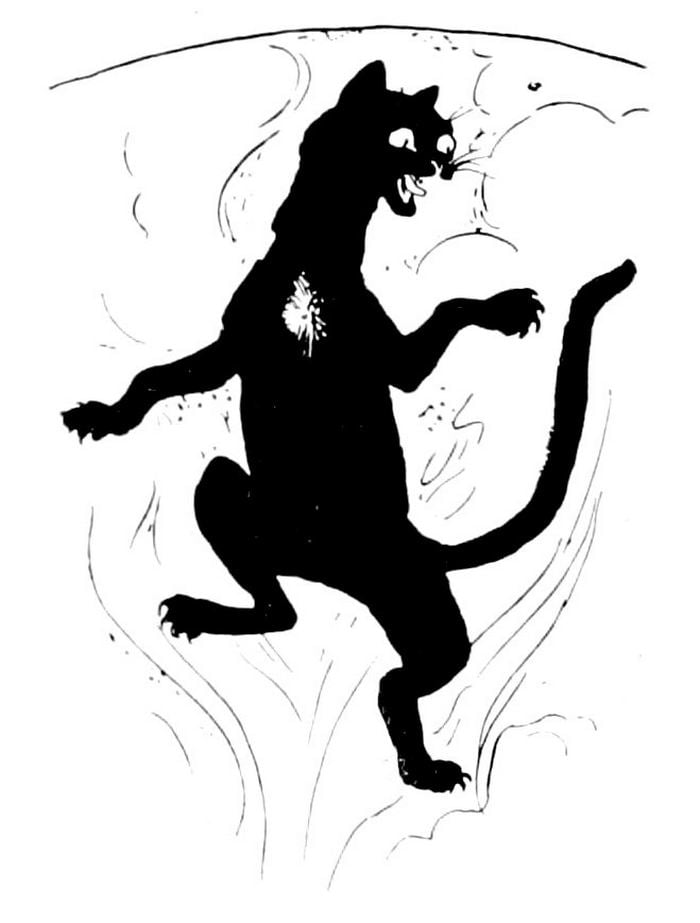
Switching gears to something more spectral, we encounter the Cat-sìth. The legends tell of a creature resembling a large black cat, distinctive with a spot of white on its chest. But the Cat-sìth is no regular feline. This Irish monster is steeped in the supernatural.
The Cat-sìth is said to have the power to steal souls from the dead before they can pass into the afterlife. It was believed that during wakes, families would have to keep vigilant to prevent this creature from entering the room of the deceased.
Beyond its grim duties, the Cat-sìth is also a creature of mystery. Its origins, the nature of its existence, and its ultimate purpose are questions that fuel the intrigue about this creature. It’s this intrigue that adds a layer of spectral mystique to the rich tapestry of Irish creatures.
08 – The Dullahan
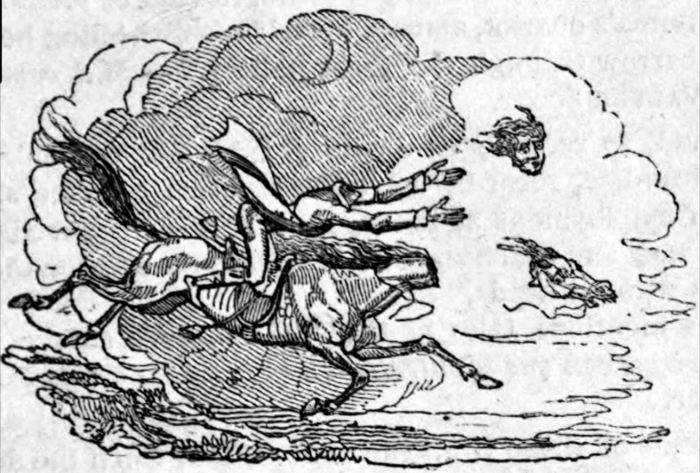
Coming in next is the Dullahan, an embodiment of the terror that some Irish mythological creatures can instill. Known as a harbinger of death, this headless horseman is a spine-chilling figure in Irish folklore.
The Dullahan rides a black horse, carrying his detached head under his arm and a whip made from a human spine. It is said that wherever the Dullahan stops, someone is marked for death. The creature then calls out the person’s name, drawing out their soul, signifying their imminent demise.
This figure of terror, the Dullahan, encapsulates the fear of the unknown and the inevitability of death. Its tale continues to serve as a stark reminder of the grim side of the Irish folklore.
07 – Fomorians
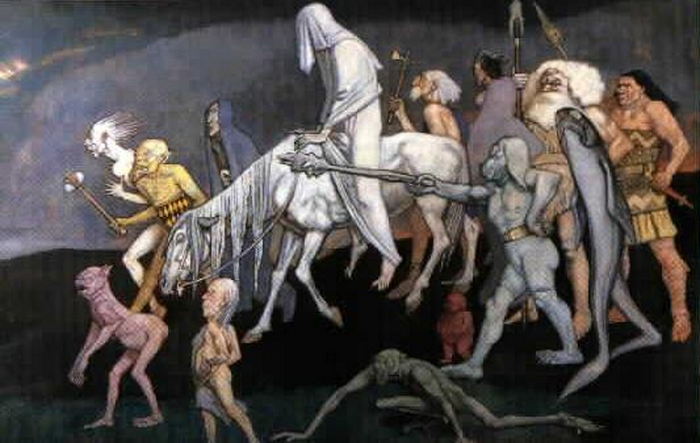
Diving deep into the pages of the Irish folklore, the Fomorians appear as a powerful and often dreaded force. These Irish mythological creatures come to us from an age long before the Celts, holding the reign over the Emerald Isle in ancient times. Terrifying creatures in their own right, Fomorians were considered a supernatural race that was often associated with the harmful or destructive powers of nature.
In their descriptions, the Fomorians are often depicted as having grotesque and distorted features – elements contributing to their frightening image. For instance, some stories speak of them having only one eye, one arm, and one leg. Despite these seeming disabilities, they were formidable adversaries and were often associated with blight, drought, and other natural calamities.
06 – Donn Cuailnge
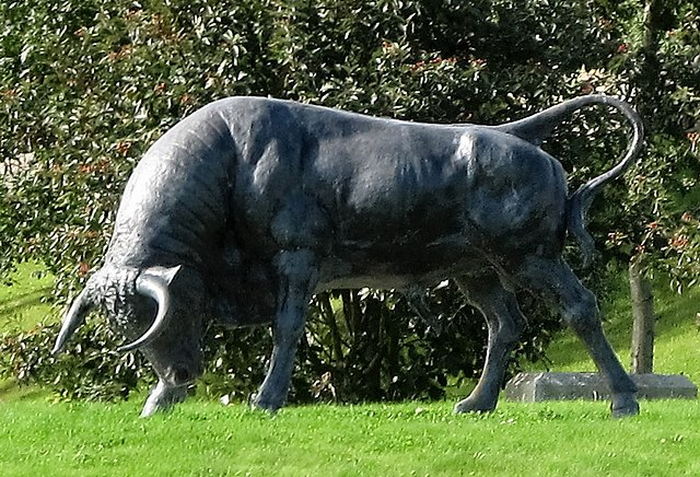
Up next is Donn Cuailnge, also known as the Brown Bull of Cooley, a beast of legend. This particular Irish monster doesn’t come in the form of a supernatural being. But as a mighty bull whose story is central to one of the greatest epic tales of Irish folklore.
The story of Donn Cuailnge is a tale of jealousy, pride, and the great lengths people will go to satisfy their desires. The brown bull’s importance lay not in any supernatural ability but rather its sheer size, strength, and the status it represented. This tale underscores the importance of understanding the symbolism and cultural significance attached to these mythical creatures.
05 – Dobhar-chú
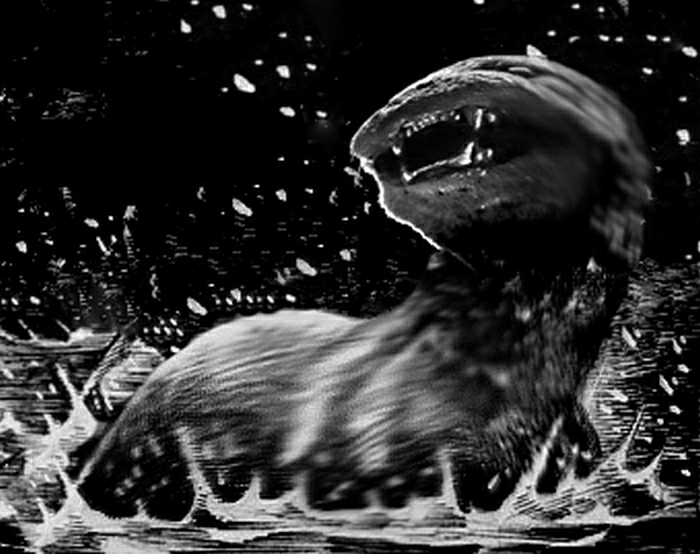
The Dobhar-chú, or the water hound, is a creature from Irish folklore that has fascinated and terrified listeners for centuries. Resembling an otter but of an enormous size, this monster of Irish mythology is often described as half-dog, half-fish, with a taste for human flesh.
Sightings of the Dobhar-chú have continued into the modern age, giving rise to ongoing debates about its existence. Regardless of its actual existence, the Dobhar-chú’s tale underscores our deep-rooted fear and fascination with what lurks beneath the surface of the water. This fascination continues to fuel our exploration of the rich tapestry of Irish mythology.
04 – Fachan
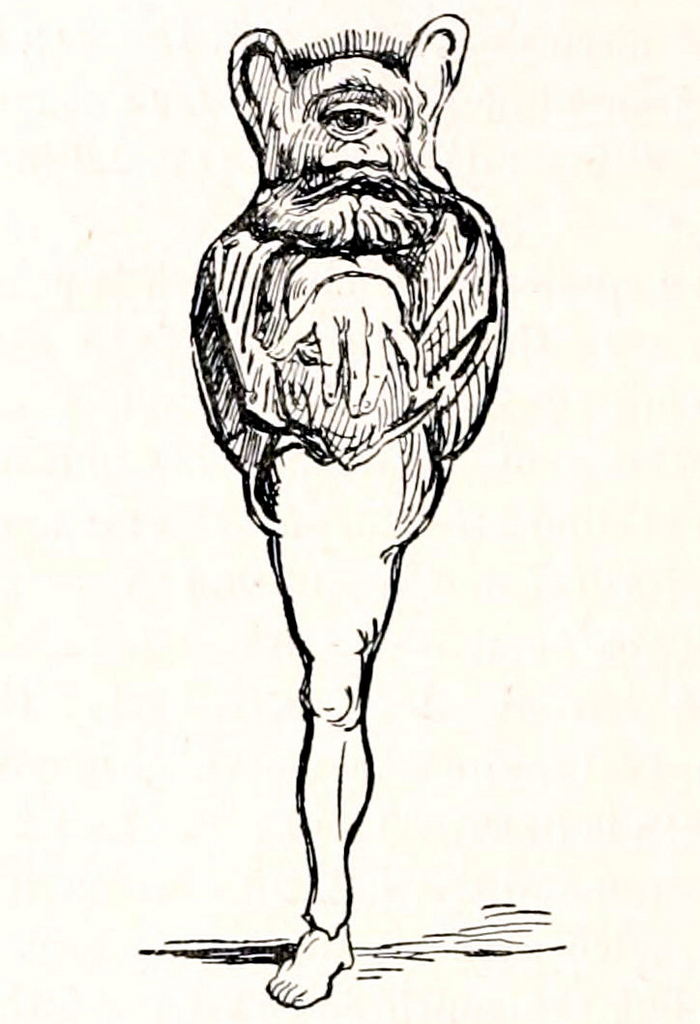
Journeying on, we encounter the Fachan, a singularly odd and terrifying creature of Irish folklore. The Fachan is a one-eyed, one-armed, one-legged giant, often depicted with a wild mane of hair and feathers sticking out from its body. Its appearance is nothing short of grotesque, painting a vivid image of horror in the mind’s eye.
However, the Fachan is not just an object of fear; it is also symbolic. It’s a perfect example of how Irish legends used exaggeration and hyperbole to express the idea of complete otherness, alienation, and the power of the individual against the majority.
03 – The Sluagh
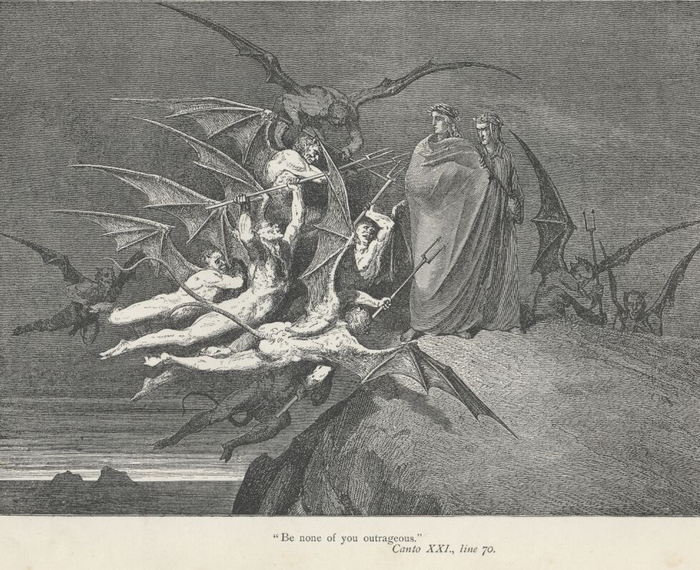
Deeply rooted in the Irish folklore is the eerie tale of The Sluagh. Picture this: a host of spectral beings that roam the night skies, known for their malicious intent. The Irish mythological creatures called The Sluagh are essentially spirits of the sinful dead, left to drift through the world, lost between the realms of the living and the dead. A touch of the terrifying creatures in the tales, isn’t it?
Seen as harbingers of doom, these spectral spirits were notorious for swooping down to steal away souls, particularly those on the brink of death. The folk belief painted them as relentless pursuers of the living, seeking to grow their ranks with the spirits of the dying. If that isn’t a reason to ensure your doors are shut tight at night, we don’t know what is!
Historically, the Sluagh were often seen as representing societal outcasts, those who had lived on the fringes of society. With no place in heaven or on earth, they were doomed to drift, caught in an eternal state of unrest. These notions underline the duality of Irish mythological creature tales, which serve not only to thrill and chill but also to impart social norms and values.
02 – Ellén Trechend
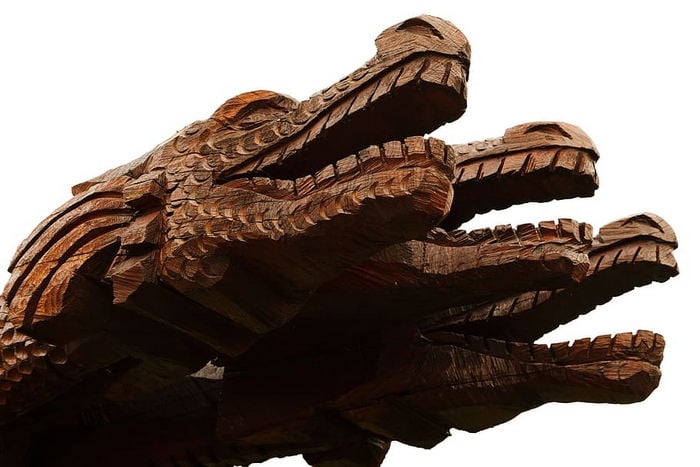
Our penultimate creature from Irish mythology is Ellén Trechend. A three-headed monster that supposedly came from the cave of Cruachan in Connacht. This beast is famous for its immense power and the devastation it wrought across the land.
Interestingly, the Ellén Trechend is one of the many creatures slain by the mythological hero Cú Chulainn, further emphasizing the creature’s place in the rich tapestry of Irish folklore. It shows the enduring power of heroism and bravery in the face of insurmountable odds, a theme that runs deep in most cultures and folklore around the world.
01 – The Banshee
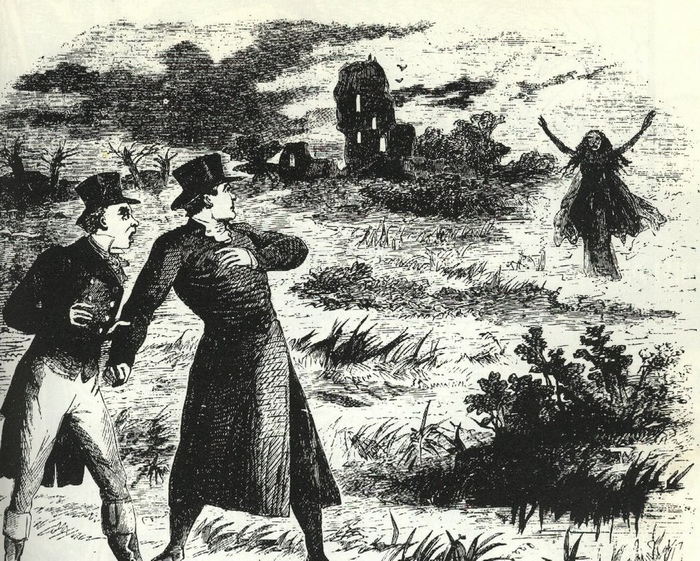
Finally, we arrive at the most renowned of all Irish mythological creatures – The Banshee. This scary creature, whose name means ‘woman of the fairy mound’ or ‘fairy woman,’ has long been associated with death and mourning in Irish folklore. It’s believed that her chilling, sorrowful wail foretells an impending death in the family she is attached to.
The Banshee’s description varies, from a beautiful, ethereal woman to an old hag. Her versatility adding layers of intrigue to her mythology. Even though she is a harbinger of doom, the Banshee herself is not evil. Instead, she is seen as a caretaker of sorts, guiding the soul of the departed to the other side.
Conclusion
Now, as we wrap up this mystical journey through Ireland’s folklore and its mythical monsters, it’s essential to consider the role these tales play in the cultural fabric. These Irish mythological creatures are more than just scary stories or bedtime tales for children. They represent the hopes, fears, and values of a nation. They communicate the age-old wisdom and moral lessons that form the backbone of Irish society.
From the stories of heroism against the likes of the Ellén Trechend to the moral consequences embodied by The Sluagh, each creature offers unique insights into the psyche of the Irish culture and its people. This journey through the world of terrifying creatures and Irish monsters should remind us that mythology, in its essence, is not merely a collection of old tales but a mirror reflecting our human nature and the values we hold dear.
To explore the fascinating world of Irish mythological creatures, one should embrace the culture, read the ancient stories, and maybe even visit Ireland. These tales have endured through the ages. And they continue to inspire, educate, and thrill, just as they have done for centuries. So, the next time you hear the wail of the Banshee, remember – they’re not just tales. They’re echoes of Ireland’s rich and vibrant past, resonating through the ages.


